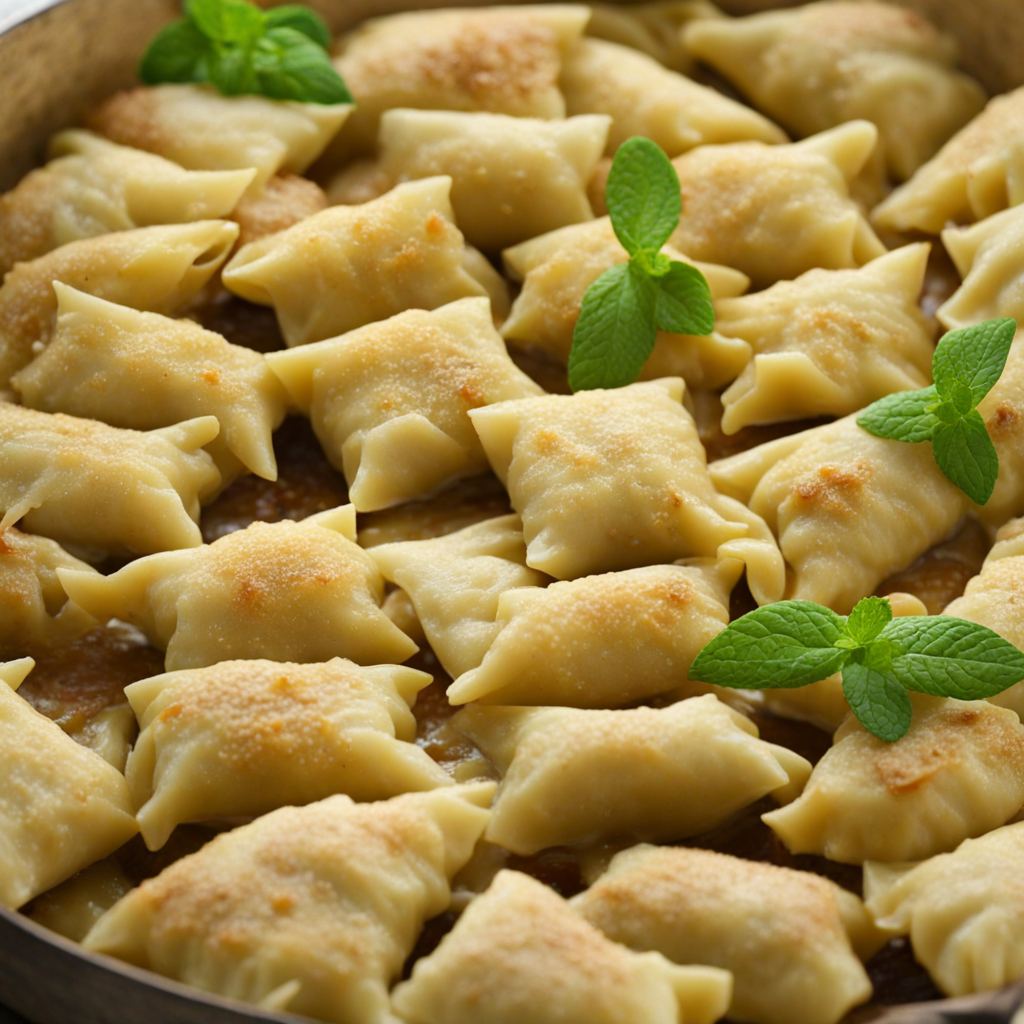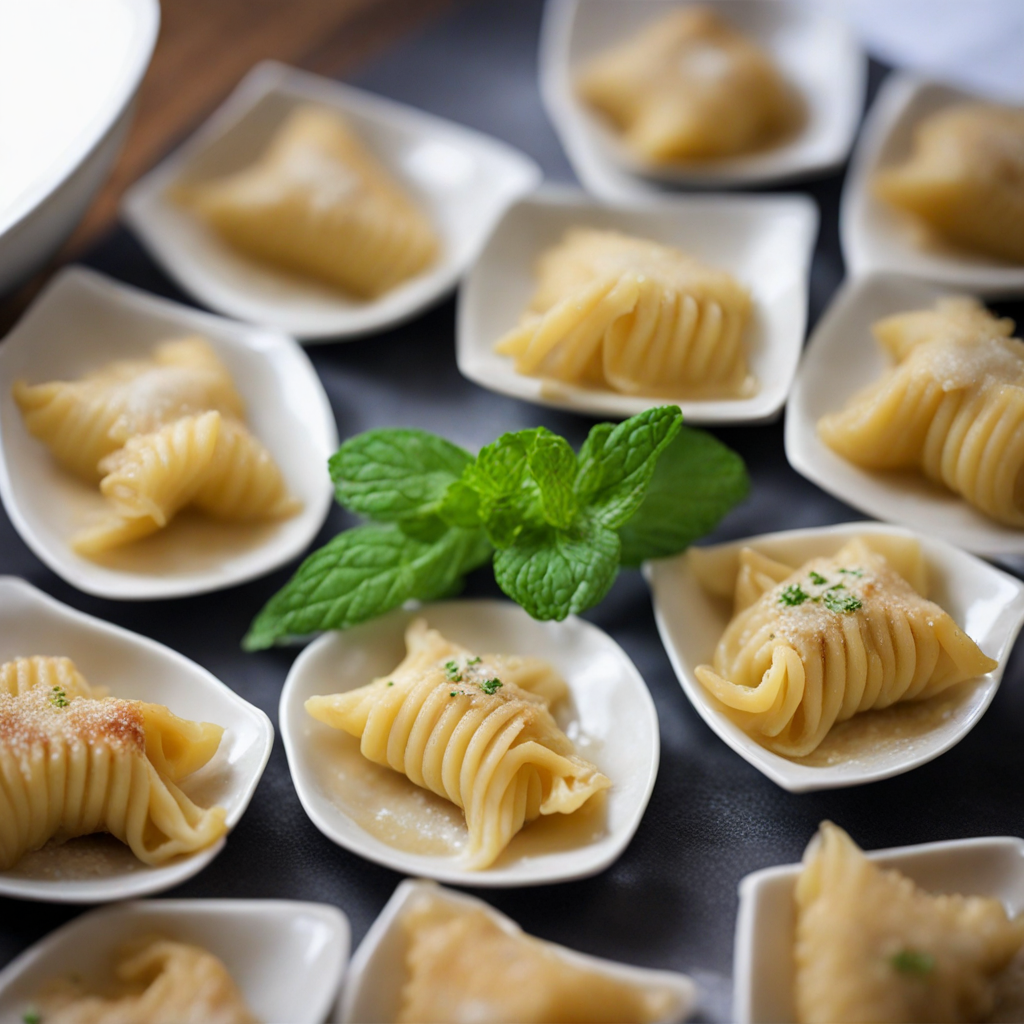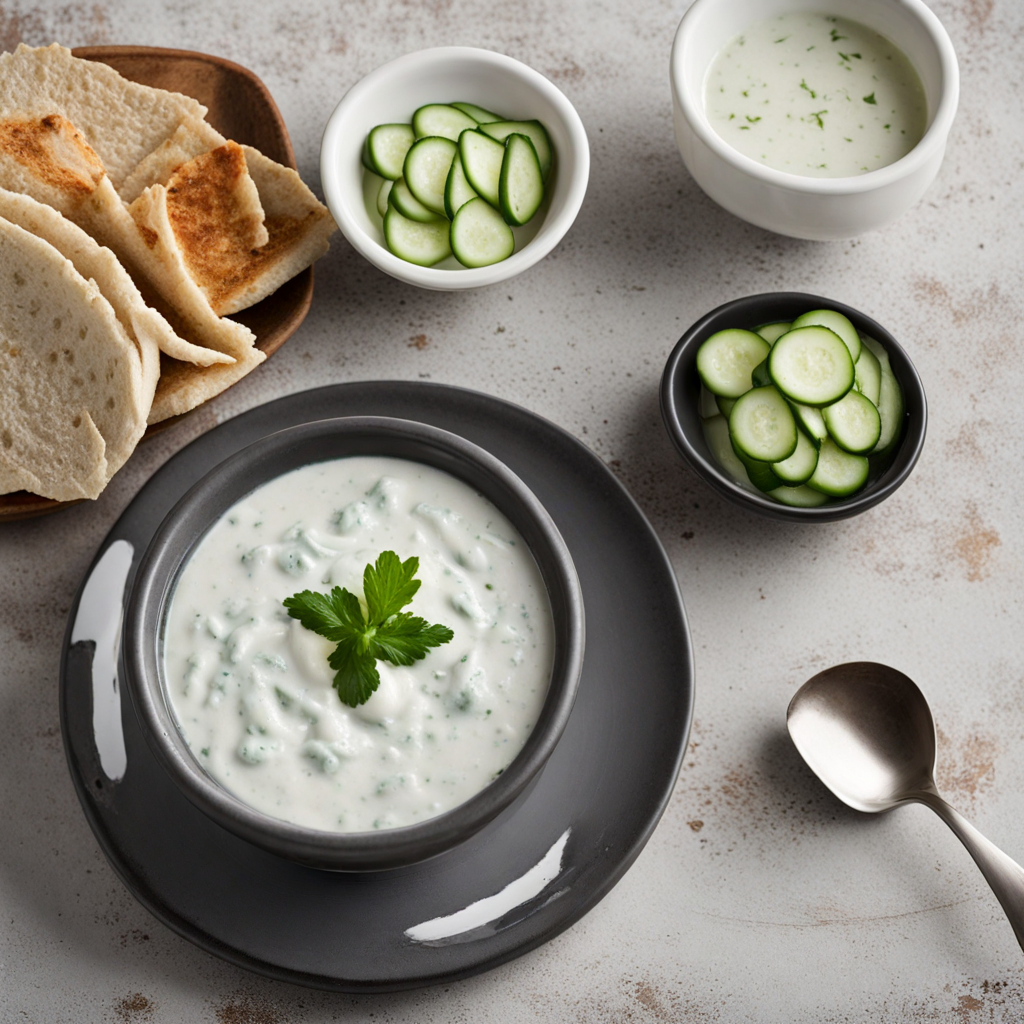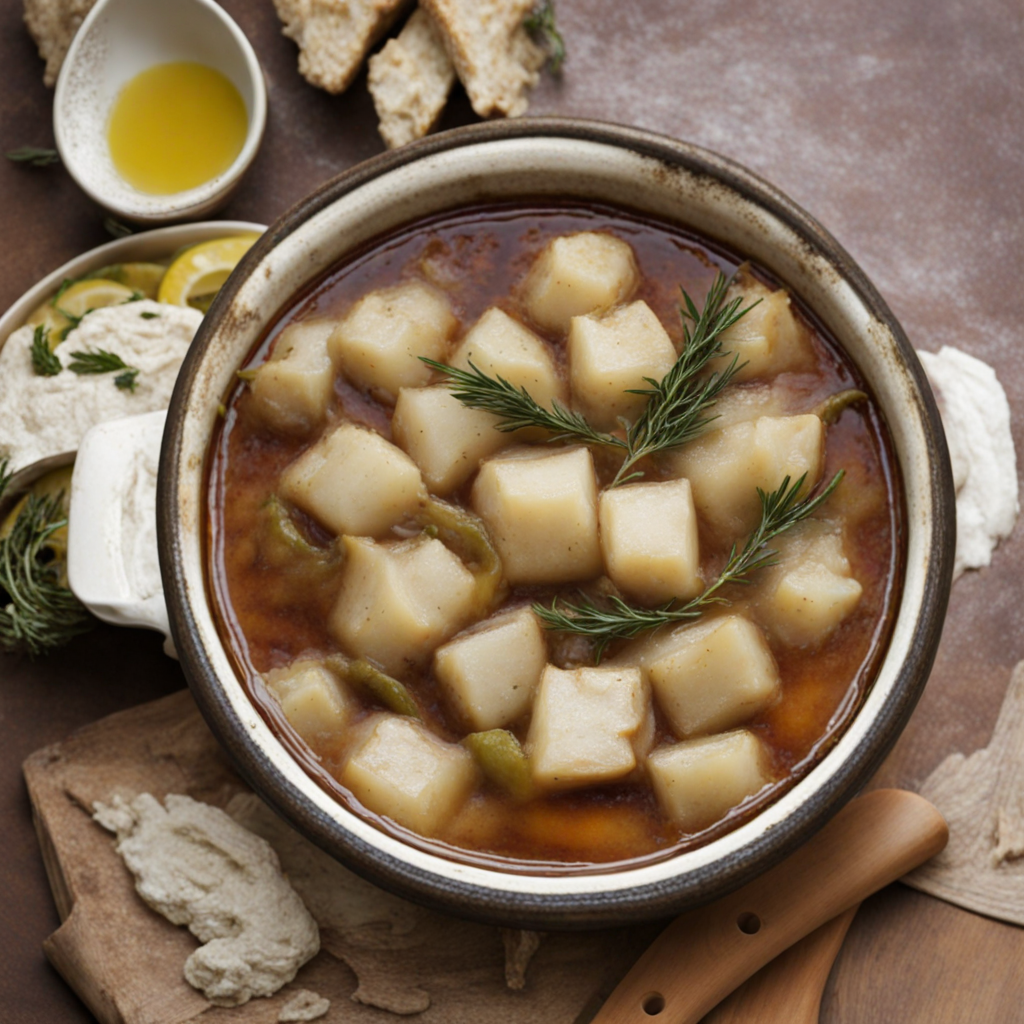Ravioles
Ravioles, a delightful dish hailing from the culinary landscape of Cyprus, are a type of dumpling that embodies the island's rich flavors and traditions. Typically made with a thin, delicate dough, these parcels are filled with a variety of delicious ingredients, ranging from seasoned meats to vibrant vegetables and aromatic herbs. The dough is rolled out skillfully and cut into squares or circles, then generously stuffed before being sealed to create little pockets of flavor. This process not only showcases the artistry of Cypriot cuisine but also highlights the importance of fresh, local produce in creating a truly authentic eating experience. Once cooked, ravioles are often served in a variety of ways, enhancing their appeal and versatility. They can be boiled and then tossed in a light sauce, such as a garlic-infused olive oil or a rich tomato sauce, allowing the flavors of the filling to shine through. Alternatively, they may be served in a hearty broth, providing a comforting and warming dish perfect for sharing. The textural contrast of the tender dough and the hearty filling makes each bite an exploration of taste and tradition, inviting diners to savor the culinary heritage of Cyprus. Accompanying ravioles, you might find a sprinkle of fresh herbs or a side of tangy yogurt, which adds a refreshing element to the dish. The combination of flavors—earthy, savory, and sometimes a touch of spice—creates a symphony on the palate, making ravioles not just a meal but an experience that transports you to the sun-kissed shores of Cyprus. Whether enjoyed at a family gathering or in a bustling local tavern, ravioles are a must-try for anyone looking to discover the unique and vibrant tastes of Cypriot cuisine.
How It Became This Dish
The History of Ραβιόλια: A Culinary Treasure of Cyprus #### Origins Ραβιόλια, or ravioli, in Cyprus represents a delightful intersection of culinary traditions influenced by various cultures over centuries. While the dish shares its name with the well-known Italian pasta, the Cypriot version is distinct and deeply rooted in the island's rich history. The origins of ravioli can be traced back to ancient civilizations. The concept of enclosing fillings within dough is not unique to any one culture; variations exist across the Mediterranean and beyond. The earliest records of pasta-style dishes date back to the 1st century AD in Roman texts. However, it was during the Middle Ages that the practice of enclosing fillings in dough became more widespread in Europe. In Cyprus, the culinary tradition of making ραβιόλια likely evolved through a combination of local ingredients and influences from neighboring cultures, particularly the Ottomans and the Venetians, who occupied the island at different points in history. This blend of influences has led to a unique interpretation of ravioli that resonates with the island's agricultural bounty and Mediterranean lifestyle. #### Ingredients and Preparation Cypriot ραβιόλια is typically made with a simple dough that consists mainly of flour and water. The filling, however, is where the dish truly shines. Traditionally, it is filled with a mixture of local cheeses such as halloumi or anari, often combined with herbs like mint or parsley. These fillings not only showcase the island's dairy production but also reflect the use of fresh and vibrant ingredients that are staples in Cypriot cuisine. The preparation involves rolling out the dough thinly and cutting it into circles. A spoonful of filling is placed in the center of each circle, which is then folded over and sealed, often with a decorative crimping technique. This process, much like making dumplings, requires skill and practice, and families often pass down their techniques and recipes through generations. #### Cultural Significance In Cyprus, food is a vital part of social life and cultural identity. ραβιόλια is often associated with special occasions and celebrations, particularly during Lent and festive gatherings. The dish symbolizes hospitality and community, as families come together to prepare and share meals. Historically, ραβιόλια was not only a staple food but also a means of utilizing surplus ingredients, particularly during the harvest season. Making ravioli allowed families to preserve seasonal cheeses and herbs, ensuring that nothing went to waste. This practice reflects a broader Mediterranean ethos of sustainability and resourcefulness in cooking. Moreover, the dish holds a place in the broader context of Cypriot meze, a collection of small dishes served as appetizers. Meze culture emphasizes sharing and communal dining, and ραβιόλια fits seamlessly into this tradition. The act of gathering around a table to enjoy various dishes, including ραβιόλια, fosters connections among family and friends, reinforcing social bonds. #### Development Over Time As Cyprus has evolved, so too has the preparation and presentation of ραβιόλια. In recent years, there has been a resurgence of interest in traditional Cypriot cuisine, spurred by a global movement towards local and artisanal food practices. Chefs and home cooks alike are rediscovering recipes that reflect the island's heritage, often experimenting with new ingredients while honoring traditional methods. Modern interpretations of ραβιόλια have begun to incorporate a wider variety of fillings, including meat, seafood, and even vegetarian options, catering to contemporary tastes and dietary preferences. This adaptability speaks to the resilience of Cypriot cuisine, which continues to thrive amid globalization. The rise of food tourism in Cyprus has also contributed to the popularity of ραβιόλια. Tourists seeking authentic culinary experiences often find themselves drawn to traditional tavernas where they can savor homemade versions of the dish. This not only boosts local economies but also fosters a renewed appreciation for Cyprus's culinary heritage. #### Conclusion The journey of ραβιόλια in Cyprus is a testament to the island's rich cultural tapestry and its ability to adapt and thrive through historical changes. From its ancient origins to its modern interpretations, ραβιόλια captures the essence of Cypriot hospitality, sustainability, and community. As the dish continues to evolve, it serves as a delicious reminder of the island's past while embracing the future. In every bite of ραβιόλια, one can taste the history of Cyprus, the influence of diverse cultures, and the love of family and tradition that binds the island's people together. Whether enjoyed at a festive gathering or as a simple meal at home, ραβιόλια remains a cherished culinary gem that speaks to the heart of Cypriot identity.
You may like
Discover local flavors from Cyprus







